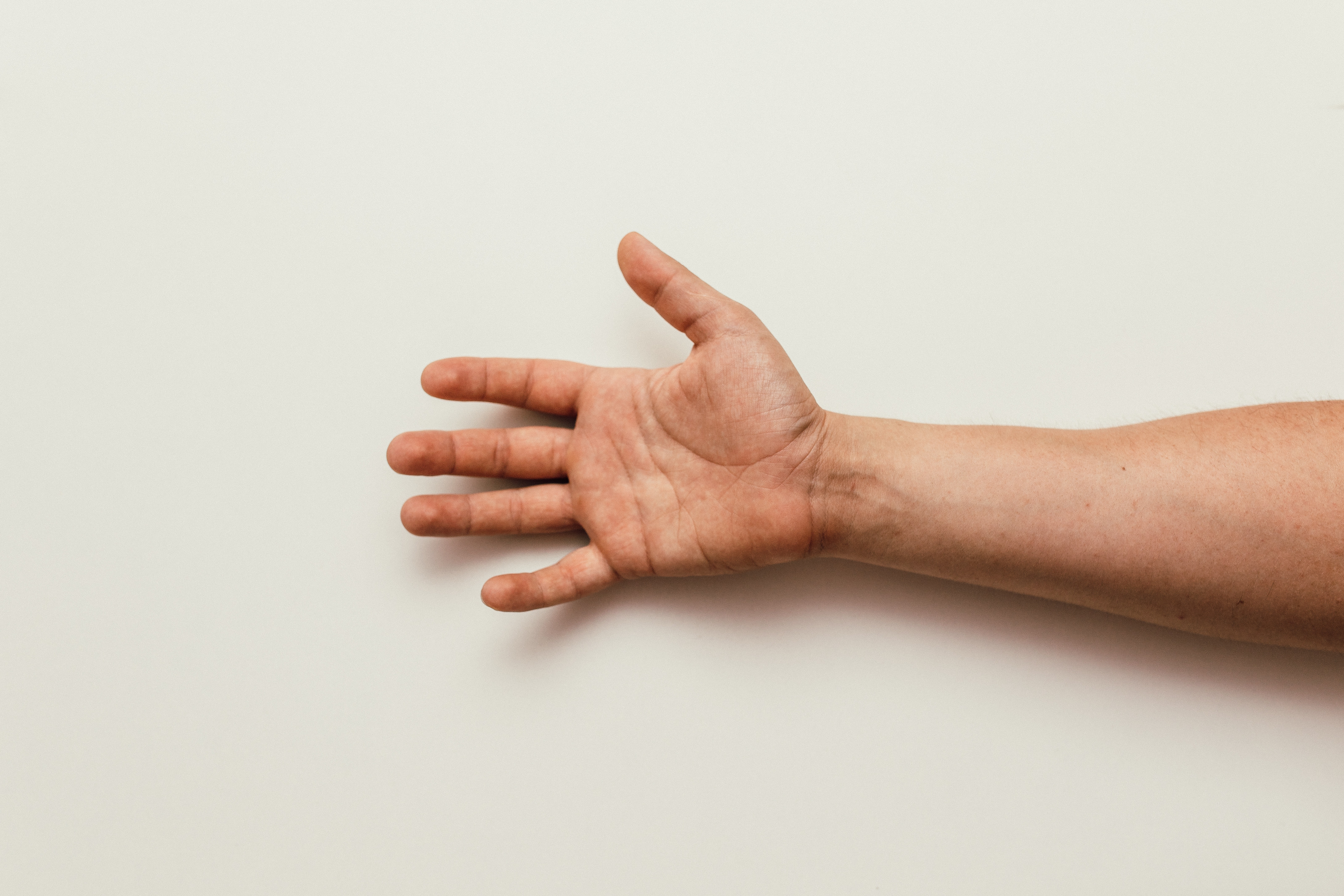From the desk of Matthew McCord, M.S., CRC, Senior Consultant – Motor Team
What do all of the following tasks have in common: bringing in the groceries, using the phone, using a ladder, and practicing at the batting cages? As you have likely guessed by the title of this article, the answer is that they all are typically performed using your arms! Arm impairments can impact a lot of activities that most of us do every day, so this article is about possible accommodations for those with arm impairments.
Let’s start by reviewing some assistive devices that might help with arm impairments such as limitations in carrying, lifting, pushing or pulling, and reaching.
First, for carrying limitations there are devices such as Book Holders, Carts, Ergonomic and Pneumatic Tools, or Lightweight Ladders.
For lifting limitations, there are devices such as Compact Material Handling Devices, Mobile Cranes, Stairclimbing Handtrucks, or Transfer Sheets.
Next, pushing or pulling limitations could be accommodated with devices such as Automatic Door Openers, Hands-Free Resuscitation Devices, Motorized Carts, or Wheelchair Pushers.
And lastly, reaching limitations may be effectively accommodated using devices such as Low Task Chairs, Reachers, Step Stools, or Work Platforms.
Now let’s go over assistive devices for some of the less common limitations we hear about for arm impairments: climbing, grasping, handling or fingering, and only being able to use one arm.
For climbing, it may help to consider devices such as Aerial Lifts, Folding Steps, Rolling Safety Ladders, or Stair Assists.
For grasping, the following devices are often beneficial: Anti-Vibration Gloves, Grip Aids, Steering Grips, or Tool Balancers.
For handling and fingering and accessing a computer, options like Alternative Keyboards and Alternative Mice, or Articulating Keyboard Trays may help. For other situations besides using a computer, options like Extra Grip Gloves or Writing Aids may help.
For use of only one arm, it may help to look into Alternative Input Devices, Gear Shift Adapters, One-Handed Keyboards, or One-Handed Syringes.
Now let’s switch gears and talk about other ways to accommodate arm impairments besides assistive devices. A very helpful general accommodation can be Job Restructuring, which is altering when or how job duties are performed. Depending on the duty in question, it may be reasonable to consider allowing other workers to do a problematic task while giving the individual with an arm impairment another task to do instead.
Workplace Ergonomics are also important. Sometimes devices that the employer has on hand could meet an individual’s needs, but they simply need to be arranged in a more ergonomic way.
Finally, Reassignment to a currently vacant position may be the best option available. Reassignments can be provided either temporarily until the individual can return to the original position or permanently if the individual’s limitations are long term or permanent. Remember that reassignment is an accommodation of last resort unless the individual and the employer both agree that it is the preferred accommodation option.
If you would like additional resources related to accommodations for arm impairments, please feel free to review the following JAN webpages:


